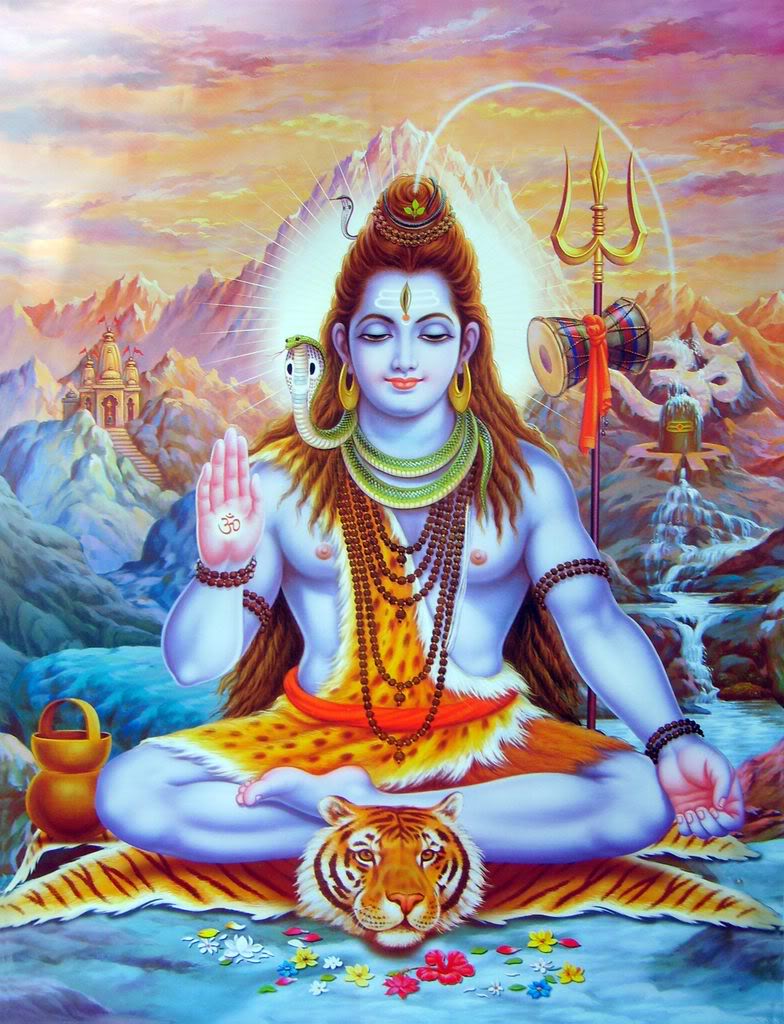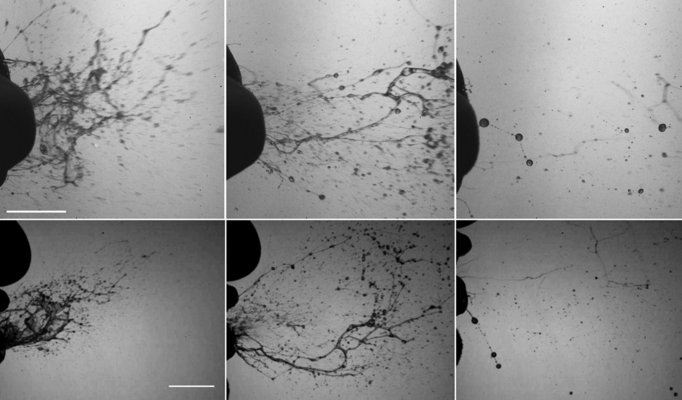
- Dr Satish K Kapoor
Kashmir Shaivism is a mixture of tantric esoterism, yogic contemplative methods and upanishadic monism. It combines idealism with realism, faith with reason, determinism with free will and noumena with phenomena. The different schools of thought in Kashmir Shaivism like Trika, Krama, Kaula, Spanda and Pratyabhijna, despite peripheral differences, aim at the liberation of fettered souls.
Shiva is pure consciousness – the Ultimate Reality.He is different from nirguna (unconditioned) Brahman, the supreme godhead without attributes, since He enjoys the five-fold powers of self luminosity (cit-shakti), absolute bliss (ananda-shakti), irresistible will (iccha-shakti), supreme knowledge (jnana-shakti), and action (kriya-shakti). He is both transcendent (vishvottirna) and immanent (vishvamaya) and can expand, contract or absorb all existence into Him. His unfolding (unmesha) and infolding (nimesha) is not propelled by extraneous factors but by His own sweet will (svecchaya). He has the power of reflection (vimarsha) in the cosmic orbit of light (prakasha) which He himself is. The primal vibration of Paramaśiva is called the Shiva-tattva. That which creates and governs life is the Shakti-tattva. The personal experience of identification with Shiva-shakti is the Sadakhya-tattva.
Triple Doctrine
Trika (triadism), Trikashasana (three teachings) or Trikashāstra (three doctrines) is the highest expression of monistic theism. It has a group of three fundamental principles variously called, pati (Lord), paśu (finite self), and pasha (bondage);Shiva (super consciousness), Shakti (dynamic principle) and nara (bound soul); Śiva (pure awareness) Shakti (manifest energy) and anu (microcosmic form); parā (supreme energy) aparā (lower energy) and parapara (middling energy); abheda (non-duality), bheda (duality) and bhedabheda (unity in duality); akula (awareness without beginning), kula (awareness with antecedents) and kaula (union of both), and so on. Yet the constituents of triads are integral and one.
Triadism is a conspicious feature of Shaivism. It speaks of three worlds (triloka) : bhuloka (region of earth), antaraloka (inner world) and shivaloka (region of Shiva); three bodies of man: sthula (physical) sukshma (astral) and karana (causal); three eyes : right, left and in the centre of forehead called shiva-netra (Shivaś eye); three-fold impurities (mala) of the human soul: anava (individuality) karma (acts or deeds which recoil) and maya (real-unreality); three means (upaya) of deliverance from impurities: kriya (rituals) shakta (mental worship) and shambhava (Shiva’s good will), besides anupaya or ‘No-means’; three sectarian marks on the forehead (tripundra) and three-pronged spear (trishula) of Shiva, alluding to His powers of will, action and supreme knowledge.
Trika is the tridimensional principle of the entire gamut of śaiva thought, both sacred and profane, observes Abhinavagupta (950-1020 CE) in his Tantraloka. But it has been argued with evidence that Trika was an independent school too ‘not only in the oral tradition but also in the Agamas prior to Abhinava’.
Trika is called Rahasya sampradaya, ‘marvel-sect’ as it has wonderful concepts relating to god, man and the universe. It is also known as Samanvya sampradaya, ‘harmonising sect’, as it reconciles different strands of thought, regarding them as expressions of different levels of spiritual experience.
In the Trika school of thought, ceremonials (kriya-pada) coalesce with supreme knowledge (vidya-pada) and intricate philosophical concepts are made simple through symbols of the alphabet. Shiva, being all-pervading consciousness, the world is but a play of His innate energy. Shiva, is entwined with Shakti, the key to His manifestation, and both are considered eternal (shiva-shaktya-vinabhavan-nityaika mula-karanam).
Shakti is the active state of Being; Shiva, the inactive or passive one. Shakti symbolising power is incomplete without Shiva representing wisdom. Inert wisdom is lifeless without the kinetic power to activate it. The ultimate goal of an individual is to expand his consciousness so as to realise this fact.
__________________________________________________
Dr Satish K Kapoor is a distinguished scholar, historian and spiritualist. He was formerly Principal, Lyallpur Khalsa College, and Registrar, DAV University, Jalandhar City. Infinityami50@gmail.com


 South Asian News E-Paper
South Asian News E-Paper Punjabi News E-Paper
Punjabi News E-Paper

















